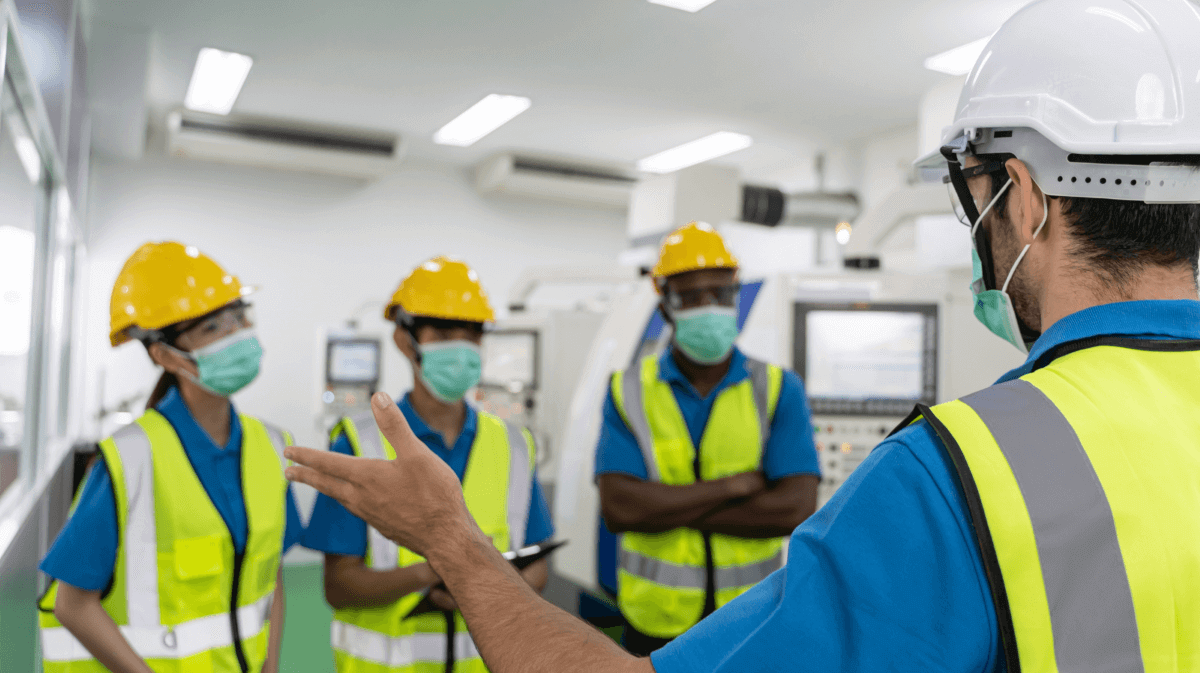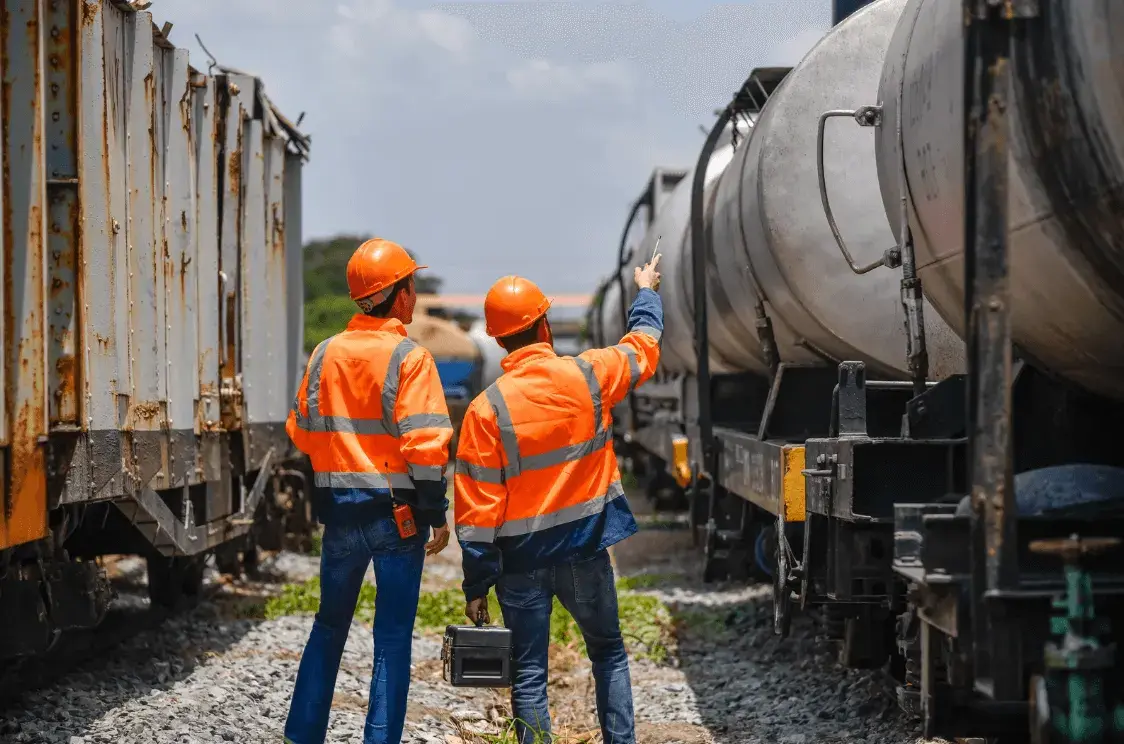On-Scene Site Inspection
Discover what to consider when recording the details and evidence at the incident site. It is always important to remember that incident sites are dynamic—they rarely remain the same for very long.
After ensuring that personnel are safe and confirming any hazards are under control, the Investigation Team needs to determine very quickly “what did the scene look like at the time of the incident?”... not after the rescue, recovery, clean-up, etc. has been conducted.

Common Challenges
Some of the common challenges we often find our clients have in relation to the investigation on-scene site inspection include:
- There is often only one opportunity to conduct a scene inspection and collect data in-situ as the pressure is always on to commence the clean-up and recovery of the incident area.
- There are significant delays between the incident occurring and the Incident Investigators arriving.
- Failing to ascertain if anything has been moved or changed at the scene and assuming the site is as it was at the time of the incident.
- Investigators are not quite sure what they should be looking for and recording while they’re at the scene.
- Photographs and sketches do not include all relevant visual data.

Best Practice Tips
- Upon arrival at the scene and after validating that it is safe, stand back and assess first, exactly what the incident entails. Ensure that the surrounding area is examined, not just the final resting position of the incident scene (particularly if a mobile plant is involved).
- When examining the incident scene, make sure it is viewed from different angles and consider the following specific issues in making notes or taking photographs:
- location of the injured worker(s) at the time of the incident
- location of any witnesses to the event
- nearest landmark features
- measurement comparisons
- proximity of other operations going on at the time of the incident that may have had an impact
- physical changes to the incident scene that may have occurred following the event (such as movement during the emergency response, weather – rain, etc.)
- equipment in use at the time and its condition
- substances in use at the time
- safety devices or controls used at the time
- position of appropriate guards
- position of controls, switches, dials, and valves for any equipment involved
- damage to equipment sustained during the incident
- the state of housekeeping in the area
- environmental conditions (such as weather, lighting, noise levels, temperature).
- IF IT IS SAFE, try to literally stand in the position the affected operator was in at the time of the incident to try and ascertain the context, view and perception that the operator would have had.
- Photograph the overall incident scene, damaged areas or landmarks, and relevant machinery and/or equipment.
- For close-up photographs, use reference items such as a ruler or level measurer to indicate the size or slope of the items photographed.
- For each close-up, photograph the same item from a distance to provide a reference point of where it sits in the entire scene. Photograph the area where the injured worker(s) were found, using reference marks to indicate the individual’s placement.
- Video footage of the scene should also be taken, which should be examined later. This can reveal conditions or contributing factors that were not detected during the initial site inspection.
- Sketches or diagrams of incident scenes can be very useful for notating where equipment or machinery involved in the occurrence was located or key landmarks to consider in relation to the entire scene.
- Use squared (graph) paper. Determine the distance / size value for each square on the graph paper and note this at the bottom of the sketch.
- Make sure that orientation is indicated by an arrow pointing north.
- Indicate the position of operator(s) and of key witnesses
- Label each object shown in the sketch (or use a numbered legend)
- Use arrows to indicate the movement or travel paths of individuals, machinery, or vehicles.
- Indicate the distance of moveable objects from two fixed locations.
- Note that site inspections should be conducted prior to any witness interviews so the Investigators can understand the incident scene and contextualise information provided at the interviews.




